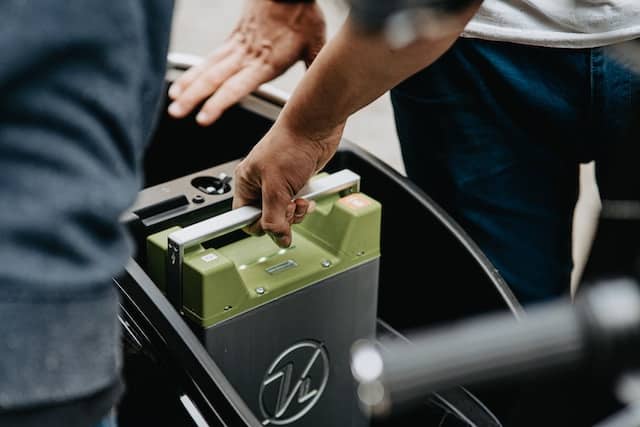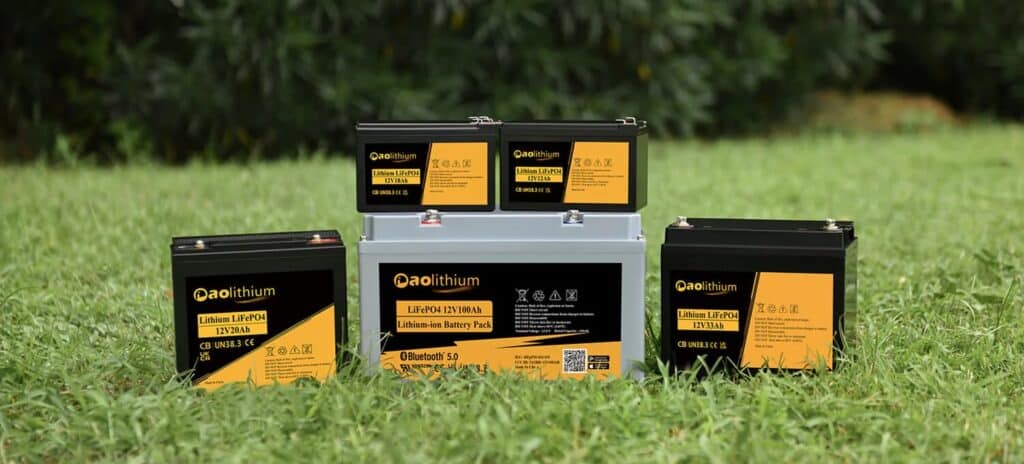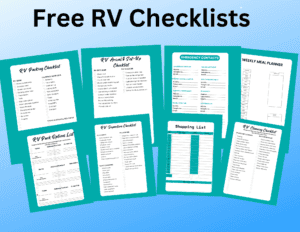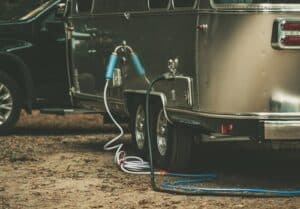If you make a purchase using the links in this article, we may make a commission. And, as an Amazon Associate, I earn from qualifying purchases. See the full disclosure here.
Lithium Battery Upgrade Requirements
Lithium batteries are becoming increasingly popular as an alternative to traditional lead-acid batteries. However, they have different charging requirements than other types of batteries, and this can make upgrading to a lithium battery system a bit challenging.
Lithium Batteries
If you’re considering upgrading to a lithium battery system, one of the first things you should do is check the power converter/inverter to see if it has a lithium battery charging setting. If it does, you’ll need to select that setting. You’ll need to change the converter.
Solar Panels
If you have solar panels, you should also make sure the solar voltage regulator has a lithium setting. If it doesn’t, you should upgrade this item too. The alternator won’t be able to fully charge the lithium batteries due to the voltage regulator setting, so you’ll have to depend on the converter and/or solar charging.

Manufacturer
Once you decide on a manufacturer, that company will have conversion information available to help you make a successful lithium battery installation. They want their customers to enjoy the successful use of their products, so they will likely have detailed information on how to upgrade your system.
Upgrading
It’s important to note that upgrading to a lithium battery system is not always necessary or the best option for everyone. However, if you’re interested in upgrading, it’s essential to research and selects a manufacturer that provides detailed conversion information to ensure a successful installation. Additionally, upgrading the power converter/inverter and solar voltage regulator may be necessary to accommodate the specific charging needs of lithium batteries.



